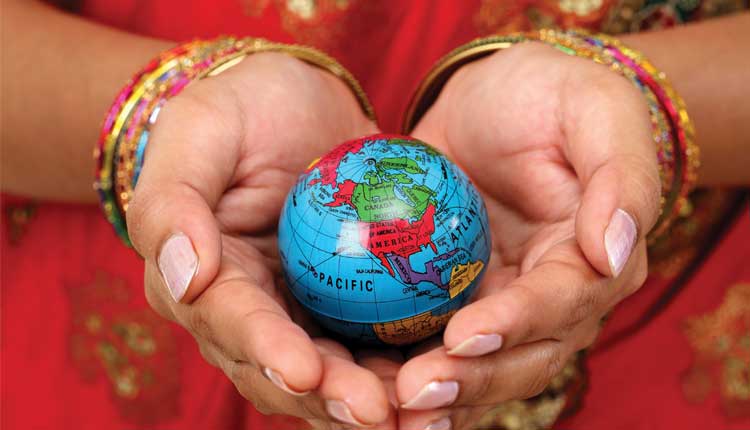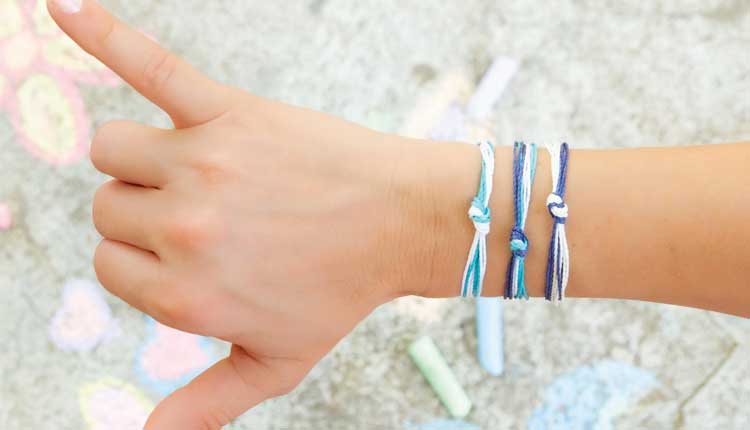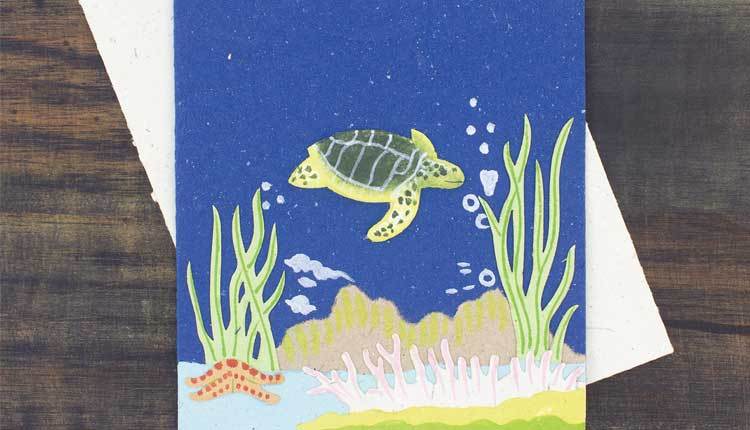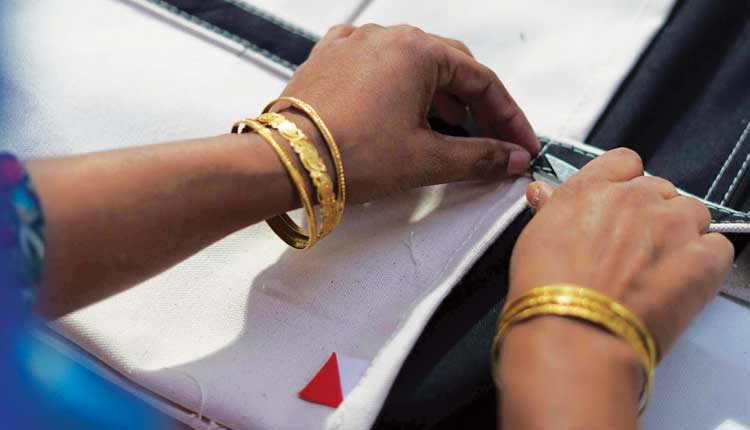
Retailers in tourist destinations are always sourcing new and unique items for shoppers. Increasingly shoppers are drawn to items they know have positive impacts on the people who created them and the communities where those artisans reside. Fair trade and ethically produced goods are plentiful, and retailers who carry them can show they care and provide another reason for their customers to make purchases they know support humanitarian causes.
The Saint Louis Zoo has exemplified this mission in the products it carries at its gift store. Tommy Brown, retail manager, buyer of conservation goods and Zoo, Aquarium and Garden Buyers Group (ZAG) Board of Directors member, shares more about the zoo’s buying strategy and advice for other retailers in a Q&A with Seaside Retailer.
Seaside Retailer: Why is carrying fair trade or ethically produced products important for Saint Louis Zoo’s gift shops?
Tommy Brown: “People Matter” is one of our three keys at the Saint Louis Zoo, and we take this very seriously. People have to always be a part of conservation. We cannot help animals without helping people.
poo-pose
Anthropological conservation is very important to us as well. This looks at culture, commerce and conservation in one paradigm. We want people who live around the animals in our collection to share their art and culture through crafts and goods.
We are all human, and we all have wonderful stories. Sharing stories is what makes us human, and we have products from over 25 countries; so that makes for a lot of storytelling. You can go to almost any store and purchase something mass-produced in a factory, but at the Saint Louis Zoo, a person can get a one-of-a-kind handmade craft that impacts the lives of others directly.
SR: How do customers respond to these types of products?
TB: Our guests respond very well to these products. People love the uniqueness of these handcrafted items, as most are not readily available in the marketplace. We work directly with many of our crafters in product development.

When we were in Kenya, we developed a cell phone holder made of stone. We have to constantly think about new designs or ideas to stay relevant in the world of today. When people come in the gift shops they are not looking for a butter-churn, but they may need a handmade hair tie. Always keep the crafts relevant to the era you are living within, unless it is just a true decorative piece.
SR: How can a retailer determine if a company they want to do business with is a fair trade company?
TB: Fair Trade can be looked at in many ways. These are a few things we look for: 1) Are the people given a fair wage for their area of the world? 2) How are the people treated? 3) Is food provided around sustainable mining operations as not to decimate the environment around the mine? 4) Are the products destroying ecosystems or animal habitats? We have to be fair for the environment as well. 5) Are ethics, diversity and inclusion being considered when selecting a company? 6) Are they improving the lives of people without destroying their culture? 7) Ask if they support any conservation efforts with the funds they make within their company. 8) As a buyer, research the company and never take anything at face value.
Research is very important because you want to ensure you are telling the correct stories to your guests.
SR: What does it mean to be certified fair trade versus simply doing business fairly? Are both okay? Are there companies making claims that aren’t substantiated?
TB: There are a few certification organizations out there in the industry that ensure products measure to a certain standard. Do not limit yourself to only certified fair trade companies. If you know the company and have done research on the company, then it is up to you as the buyer to make the call on whether or not to buy from them.
SR: Where can one go to find fair trade products to carry in their store? Where do you go?
TB: We carry “fair trade” in these categories: stone sculptures, baskets, wood carvings, beaded items, tea, spices, coffee, wall art, paintings, jewelry and recycled/upcycled.
These products can be found at some Clarion Events shows, Emerald shows, Las Vegas Market, AmericasMart and other regional shows. If your institution has the finances, I suggest going into the field to find your own crafters and use existing vendors to help you get their products into the country legally. Never just bring products back in your suitcase, as I have heard of some buyers doing in the past. Products need to always enter our nation legally because there can be economic and environmental risks.
SR: Why should a seaside retailer consider carrying fair trade products?
TB: We have but one world, and it should be considered in every profit-and-loss statement. Ensuring sustainability for the future is a must, not an option. For years, most companies used the earth and just took from it without considering the ramifications for the future. Our generation is just starting to see the effects of this abuse, and we need to take action now as companies and shoppers to slow the destruction of our planet. When doing any kind of business consider the “green” bottom line. The green bottom line consists of the three pillars of sustainability: economic, environmental and social. All three of these pillars must reside in a state of homeostasis in order to help mend the world.

Remember this: You are of the earth, not from the earth. Think about this phrase next time you are making purchasing decisions. Think about if the product you are buying is helping or destroying your world? Think about your purchase; is it lifting someone out of poverty or enslaving an innocent human? Is what you are doing in your business helping build up the people in your community or is it causing an unhoused concern? These are the reasons why everyone should consider carrying fairly traded products in their locations.
SR: What approach should a retailer take when introducing fair trade items into their store/displays?
TB: Start with a sampling of different fairly traded products and test the sales. Yes, we all want to help people and the planet, but if the items just sit on your shelves, it helps no one. Once you find the correct conservation minded products, bring them in and feature them with a story. Share these stories through conversations, videos or signs.
It is also important to know your area, and what is important to them in terms of fair trade products. Maybe your area has a focus on saving sea turtles. If that is the case, you should find a hand-crafted product that uses sustainable, natural materials and gives money back to sea turtles.
Have fun, learn about fair traded items and do your best to help sustainability within your shop. This article is just a tip of a very large iceberg. It is now up to you to go do all the research and find what works for you and your shop. On a good note, we have the internet now, and that makes things much easier to find. Best of luck on your sustainable journey!





